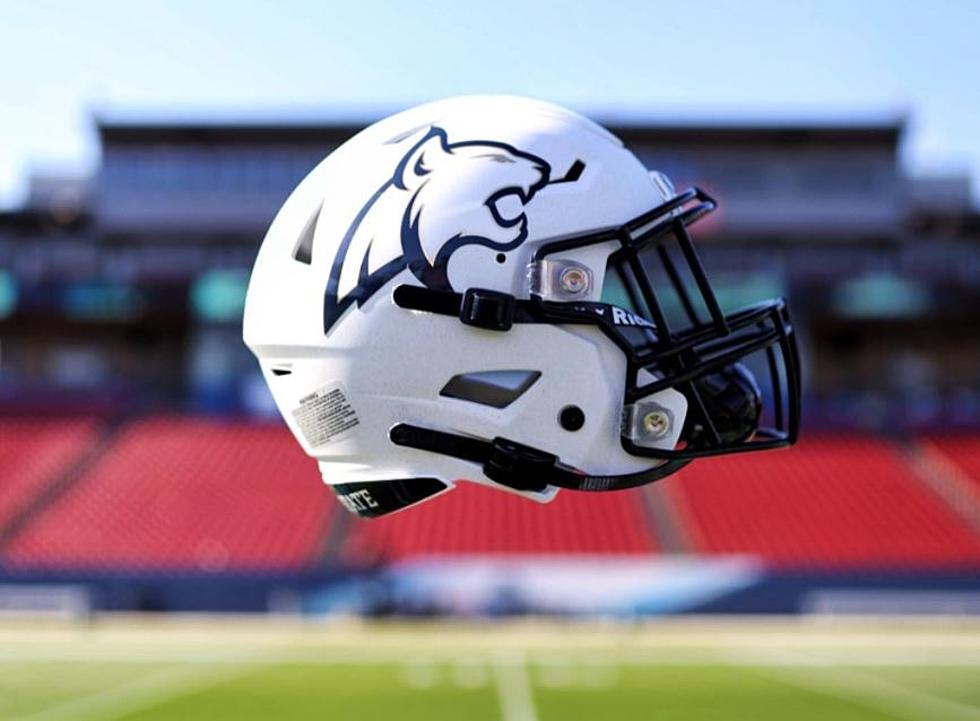
Should Baseball Have Instant Replay?
Ever since the camera was invented people have been preserving slices of time in stop action. Photo finishes have been used to determine winners in horse racing for many years. As television and videotaping improved it was only natural for them to gravitate to all kinds of sports.
Football, baseball, hockey, NASCAR, and basketball are just a few of the sports that use instant replay in some capacity. Not all sports use instant replay to review every referee decision. Runners beating out a play at first base are not reviewable. Or a runner stealing second being tagged out might be called safe. In basketball, fouls are not reviewable.
Brief History of Instant Replay
In 1955, during a Canadian TV broadcast of a hockey game, producer George Retzlaff made a kinescope replay that he was able to play several minutes after the play happened. In 1963, CBS Sports Director Tony Verna invented a system that allowed a standard videotape machine to replay the winning touchdown in that year’s Army-Navy game. Play-by-play announcer Lindsey Nelson had to alert viewers that they were not seeing another score by the Army team. In 1967, CBS added a full 30 seconds of replay and freeze frame. ABC is credited with adding slow motion.
Benefits of Replay
The benefits are pretty obvious. Umpires and referees are human. When action is reduced to thousands of an inch in fractions of a second even the most competent among us make mistakes. Did the ball leave his hand before time expired? Did the ball break the plane of the goal line? Did the player step out of bounds? In some cases the actual game can come down to a single call as we saw in the recent Green Bay vs. Seattle game. Although, nearly everyone who witnessed that call disagreed, the officials in the booth, charged with reviewing all scoring plays, stood by the refs on the field. So even though replay can help in some instances there is no guarantee that the call is going to favor your team no matter how obvious it seems to you.
Football is a very complicated game. Instant replay allowed announcers to focus on specific players to educate viewers as to what was happening and why. Because football is a game of inches, it’s sometimes difficult for officials to follow the ball with 22 bodies flying at each other. So football has made all scoring plays reviewable by officials watching various angles to make sure that it was a true score. Tennis uses a series of camera angles and a computer to compute the direction, speed and trajectory of the ball to determine if a ball is in or out of play.
Cons of Replay
Baseball is our national pastime. Although other sports might have larger audiences, baseball is one of our truly American sports. Many people don’t want instant replay to taint the purity of the game. It’s always been 90 feet between bases and 60 feet six inches to home plate from the pitchers mound. The strike zone in baseball is supposed to be over the plate and between the batters armpits and knees. Anything out of the area is ruled a ball. Any baseball player will tell you that umpires have their own definition of a strike. To some, anything above the belt line is a ball. Baseball uses instant replay primarily for home runs, and fan interference, questioning if the ball is live and in play, a home run or a foul ball.
Some Final Thoughts
If instant replay has done anything right over the years it’s confirmed the ability of the officials to call plays correctly. With the exception of replacement officials during baseball and football union strikes officials are right the vast majority of the time.
Having grown up playing almost every sport possible I can’t remember very many instances where a game was lost due to a bad call by an official. Instant replay is great to educate me about the game and how it should be played but good and bad calls are often just part of the game. It usually balances out over time.
More From KMMS-KPRK 1450 AM









